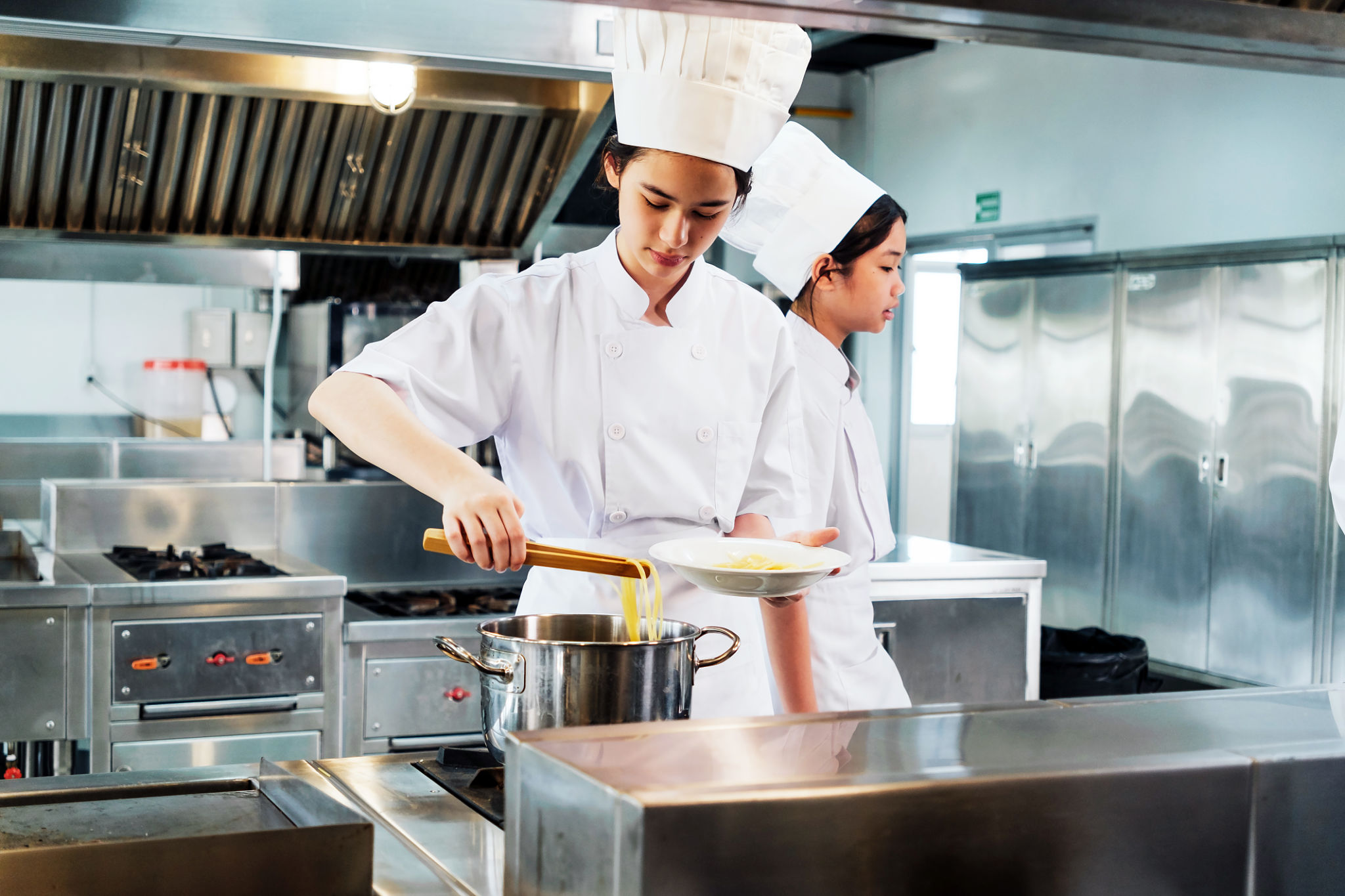The Ultimate Guide to Food Photography for Restaurants: Tips for London Chefs
Introduction to Food Photography
In today's digital age, food photography has become an essential part of the restaurant industry. With social media playing a pivotal role in how diners discover new places to eat, having visually appealing images can make all the difference in attracting customers. For London chefs looking to capture the essence of their culinary creations, mastering the art of food photography is a must.

Understanding Your Lighting
Lighting is one of the most crucial elements in food photography. Natural light is often the best choice as it brings out the true colors and textures of your dishes. If possible, set up your shoot near a window with diffused light. Avoid harsh sunlight that can create unwanted shadows or highlights.
If natural light isn't an option, invest in some artificial lighting equipment like softbox lights or LED panels. These tools can help you control the lighting environment and ensure consistency across your photos.
Creating the Perfect Composition
Composition refers to how the elements in your photo are arranged. A well-composed shot can guide the viewer's eye and highlight the most important aspects of your dish. Consider using the rule of thirds by placing the main subject off-center to create a more dynamic image.

Experiment with different angles. Overhead shots are popular for capturing flat-lay compositions, while a 45-degree angle can give depth and showcase layers in dishes like burgers or cakes. Don't be afraid to try close-ups to emphasize textures and details.
Styling Your Dishes
Food styling is an art in itself. Start by choosing props that complement your dish without overwhelming it. Think about using simple plates, utensils, and table settings that enhance rather than distract from the food.
Garnishes can add color and interest. Fresh herbs, a sprinkle of seeds, or a drizzle of sauce can elevate the visual appeal. Remember, less is often more—let the food speak for itself.

Editing for Impact
Post-processing is an essential step in food photography. Editing software like Adobe Lightroom or mobile apps can help you adjust brightness, contrast, and color balance to make your images pop. Be mindful not to over-edit as this can lead to unnatural-looking photos.
Focus on enhancing the natural beauty of your food while maintaining authenticity. Consider creating presets to keep a consistent look and feel across your restaurant's online presence.
Building Your Brand Through Imagery
Your food photography should reflect your restaurant's brand identity. Whether it's rustic charm, urban chic, or modern elegance, ensure that your images convey the right message to your audience. Consistency in style helps build recognition and trust with potential customers.
Sharing high-quality images on social media platforms like Instagram, Facebook, and Pinterest can significantly boost your restaurant's visibility. Engage with your audience by sharing behind-the-scenes content and asking for their opinions on new menu items.

Conclusion
By investing time and effort into mastering food photography, London chefs can significantly enhance their restaurant's appeal and attract a broader audience. Remember, great photography is not just about showcasing food—it's about telling a story and creating a connection with diners before they even step through your door.
Start experimenting with different techniques today and watch as your culinary creations come to life through the lens!
